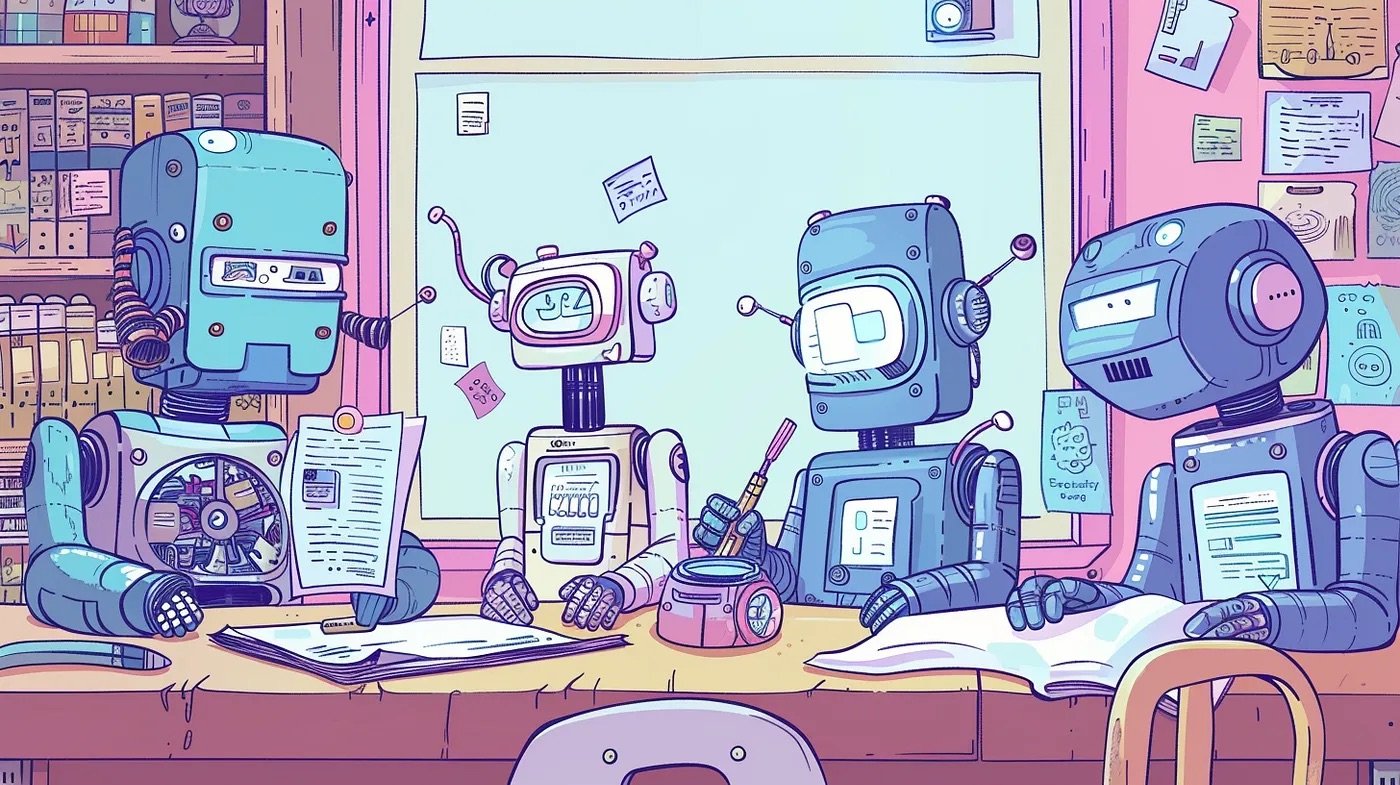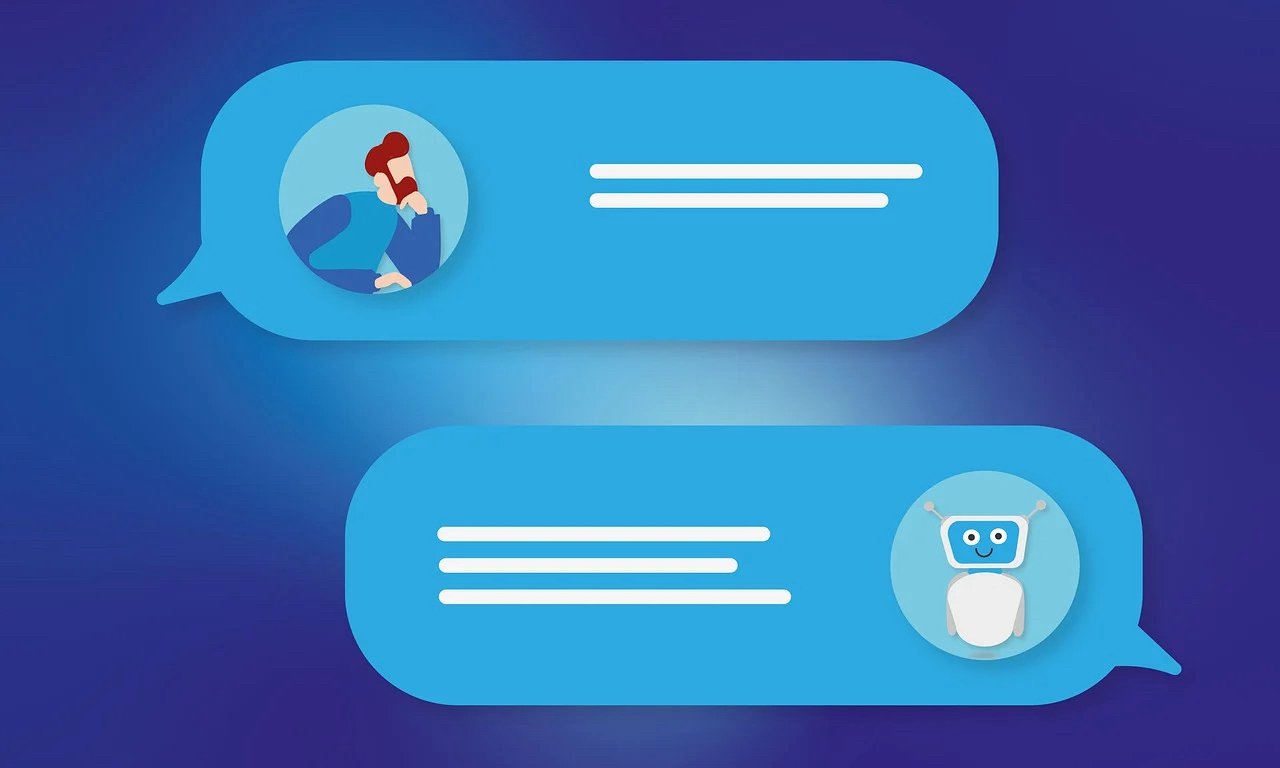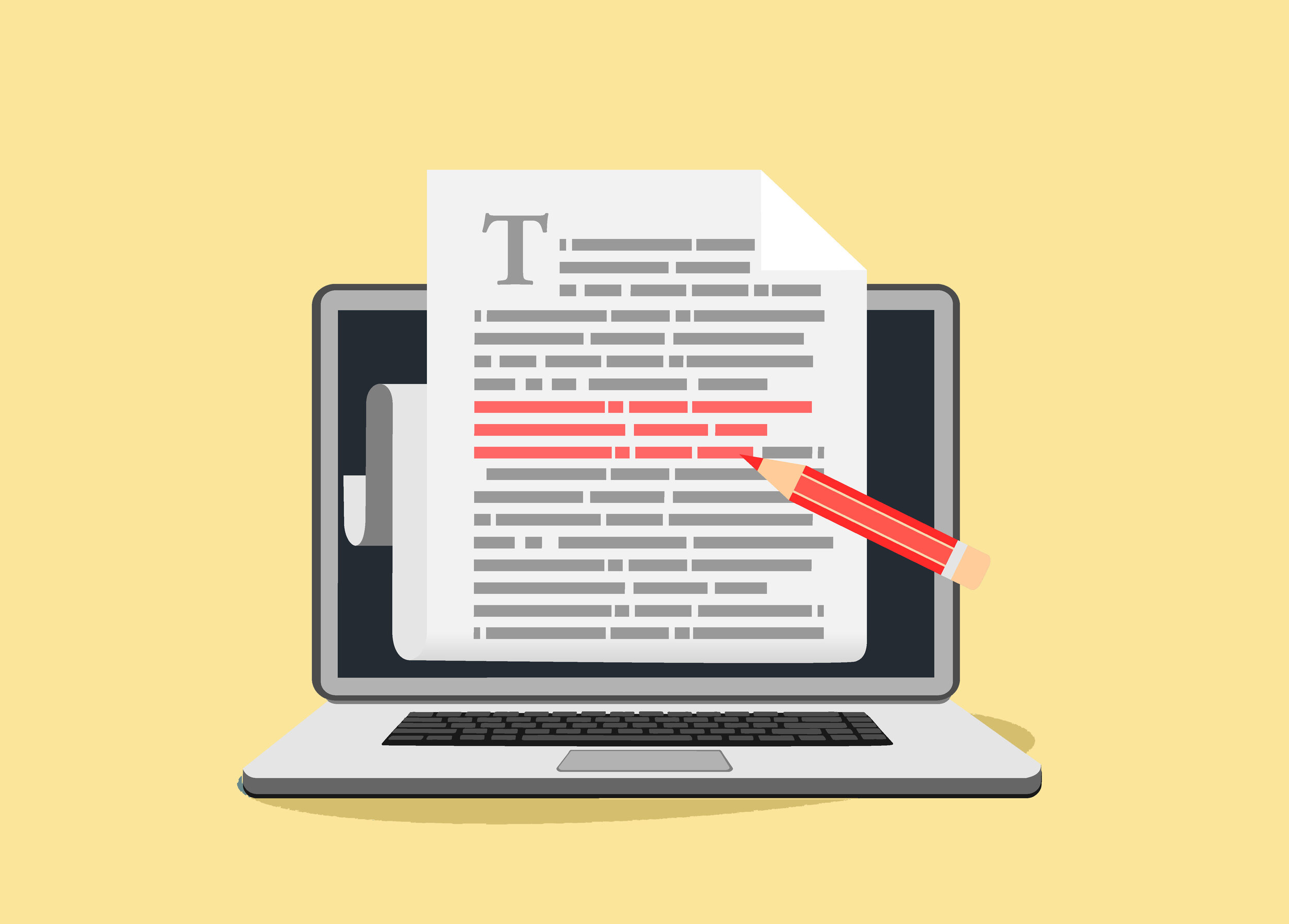If you search for chatbots on Google, you'll probably come across hundreds of pages starting from what is a chatbot to how to build one. This is because we're in 2016, the year of the chatbots revolution.
I've been introduced to many people who are new to this space, and who are very interested and motivated in entering it, rather they're software developers, entrepreneurs, or just tech hobbyists. Entering this space for the first time, has become overwhelming in just a few months, particularly after Facebook announced the release of the messenger API at F8 developer conference. Due to this matter, I've decided to simplify the basic steps of entering this fascinating world.
What is a chatbot?
To fully understand what is a chatbot and its potential, lets start by watching the following example:
Get the idea? The conversation example above, was conducted between an end user and a chatbot, built on the Facebook messenger platform.
So what is a chatbot? It is a piece of software that is designed to automate a specific task. More specifically, a chatbot is essentially a conversational user interface which can be plugged into a number of data sources via APIs so it can deliver information or services on demand, such as weather forecasts or breaking news.
Why now?
Chatbots have been around for decades right? So what is all this noise all of a sudden? This question has many different answers, depending on who you ask. If you ask me, there are two main reasons:
1. Messaging has become the most essential and most popular tool for communication.
2. We're closer to AI (Artificial intelligence) and NLP (Natural Language Processing) breakthroughs than ever before. This means that talking to a chatbot can closely become as real as talking to a human. Today, developers can find many APIs that offer AI/NLP services, without even understanding how AI/NLP works - This is HUGE. A few examples I recommend are Crunchable.io, Chatbots.io, Luis.ai (a must!), API.ai and Wit.ai.
Basically, the point I'm trying to make is, that messaging platforms are the place we all go to on a regular basis. So why not bring all the other places into this platforms? This is what Facebook did with Facebook Messenger.
Facebook Messenger is far more than a messenger app. It is a store for thousands of apps which are integrated into our daily conversations. Furthermore, as stated above, Facebook has released its chatbot platform in April, 2016. Since then, more than 11,000 bots have been added to Messenger by developers.
Where are the chatbots?
The first chatbot I built was on WhatsApp. The reason I chose WhatsApp, is because all my friends use it as their main messaging platform. Unfortunately, WhatsApp doesn't offer an official API. What this means is, that WhatsApp doesn't approve building chatbots on its platform (not a surprise since WhatsApp is a Facebook company, which itself offers an extensive API). This doesn't mean that there aren't any work arounds. If you're as stubborn as I am, take a look at yowsup and start from there. You'll also need a registered phone number before starting the process. So to conclude, WhatsApp is probably not the place you'll find rich and powerful chatbots.
Platforms that do offer official APIs are:
2. Slack
3. Telegram
4. Kik
There are other deployment channels such as Android and iOS (via SMS), Skype and even Email. However, the listed above are the ones I would focus on.
You can find a rich list of most of the chatbots out there by clicking here, thanks to our friends at Botlist.co that did an amazing job.
How do I build a chatbot?
This requires a long answer. An answer I will save for my next blog post, in which I will describe how to build your very first chatbot using Node.js and MongoDB.
If you're not a developer, or is looking for an easier approach which does not require programming, here are a few solutions for you:
1. Chatfuel - My first choice. No coding required. Easily add and edit content— what you see is what you get.
2. Botsify - Build a facebook messenger Chatbot without any coding knowledge.
3. Meya.ai - Meya helps with the mechanics of bot building so you can concentrate on the fun stuff.
There is some downsides to using a service instead of building your own. Using the above services limit your creativity in many ways, enabling you only a glimpse of what can be done. Secondly, you are using a third party hosting service, which means you're stuck with them. Nevertheless, these are great solutions for services that will get you started with chatbots, without the need for any coding knowledge.
Summary
There has been a lot of controversy rather bots will succeed or fail in the near future. To understand the controversy, you have to understand the differentiation between "stupid" bots and "smart" bots. "Stupid" bots work with structured input, while "smart" bots process your natural language and provide a more human-to-human experience.
The main issue with "stupid" bots is that as soon as people start bundling things up, changing their minds, going back to what has been mentioned earlier in the chat, etc., the bot falls apart. Therefore, as long as chatbots can't fully conduct a conversation naturally, while understanding the intent of the user at every stage, bots will be limited and ineffective.
Having said that, in my opinion, chatbots don't have to be smart in order to succeed. There are thousands of use cases in which a "stupid" chatbot can simplify both the end users experience, and the business side productiveness. Take for example ordering Pizza. You can create a flow in which the user needs to enter inputs based on questions and options. You can deliberately state the input you're expecting from the user, and therefore the need for NLP or AI becomes irrelevant. I would prefer ordering pizza from a "stupid" bot then over the phone, or some cheap website any day.
To fully summarize the above and much more, have a look at the Chatbot ecosystem, brought together by Business Insider.
Stay tuned for my next blog post, about how to develop your very first Facebook Messenger chatbot, using Node.js and MongoDB.






